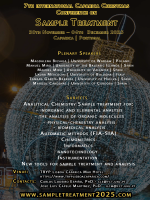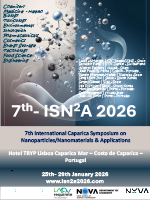Transformational Goal for Science Education: The 1Student - 1Apparatus (1S1A) Model
DOI:
https://doi.org/10.5584/jiomics.v15i3.250Keywords:
1S1A, Science Education, Protein Quantification, Urine, Serum, Bradford MethodAbstract
Limited access to hands-on laboratory equipment remains a significant barrier to effective science education. To address this challenge, we evaluated the analytical performance of the Doctor Vida® Education platform - an ultra-compact, low-cost, multifunctional analytical device designed under the ‘One Student–One Apparatus’ (1S1A) model. Using the Bradford method, we quantified total protein in urine and serum samples and compared results against those obtained from a commercial CLARIOstar® microplate reader. Calibration curves constructed from eight independent replicates revealed comparable slopes and intercepts between the two systems, with Doctor Vida® Education device demonstrating high linearity and repeatability. Despite the CLARIOstar® achieving lower limits of detection and quantification, the Doctor Vida® Education device showed superior reproducibility, with consistently lower relative standard deviations across operators and experimental conditions. Statistical analysis of urine and serum measurements confirmed strong agreement between methods, with no significant differences in most samples and improved precision observed with Doctor Vida® Education device in serum analysis. With a unit cost below 1000 €, the Doctor Vida® Education device platform proves to be a reliable, robust, and accessible solution for individualized, competence-based learning in analytical sciences.
Downloads
Published
Issue
Section
License
Copyright (c) 2025 Journal of Integrated OMICS

This work is licensed under a Creative Commons Attribution 4.0 International License.








